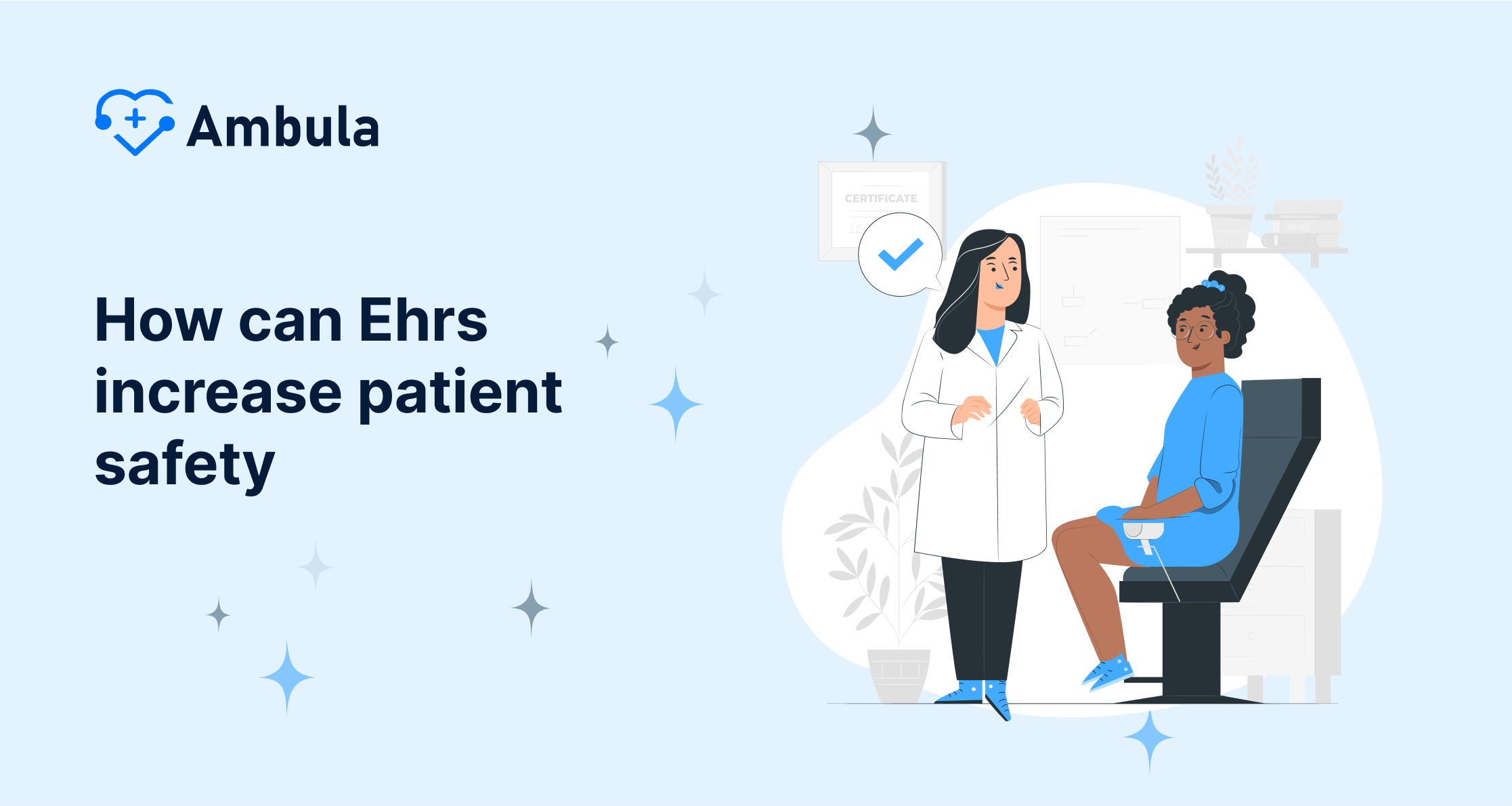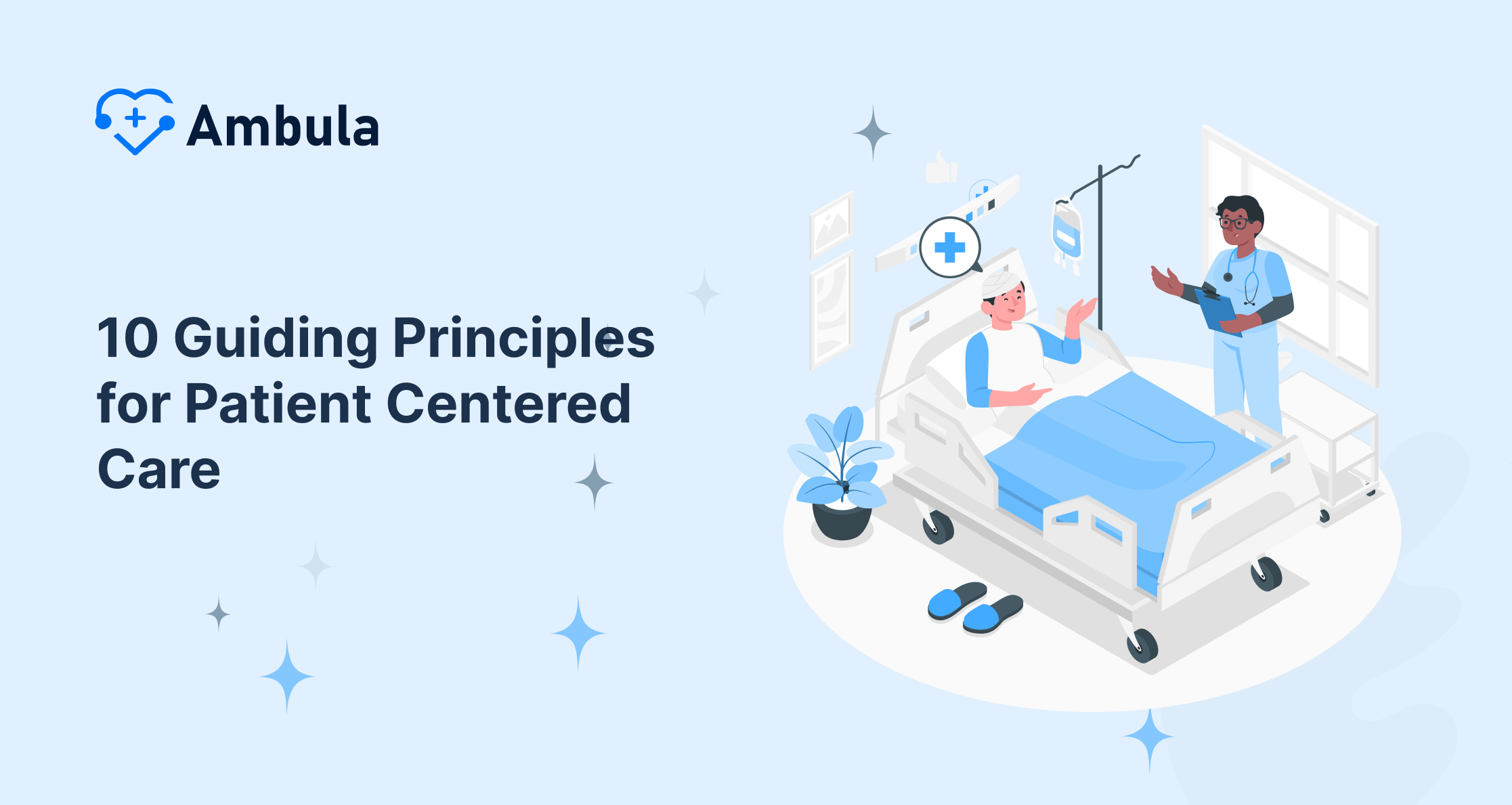Patient classification systems (PCS) are methodologies or tools designed to help healthcare professionals categorize patients based on specific criteria to effectively manage and allocate healthcare resources. These systems evaluate and sort patients into groups with similar clinical needs, care complexity, and resource requirements. The primary goal of PCS is to ensure that patients receive timely, appropriate, and efficient healthcare services tailored to their needs.
The importance and role of Patient Classification Systems (PCS) in healthcare settings are multifaceted, reflecting their critical contribution to optimizing patient care, enhancing safety, and improving operational efficiency.
Historical Development of Patient Classification Systems
The evolution of Patient Classification Systems (PCS) has been driven by the need to optimize healthcare delivery by accurately matching patient needs with healthcare resources. Here’s a look at how these systems have developed over time and the role of technological and healthcare advancements in shaping them.
Early Beginnings
Classifying patients to manage healthcare resources more efficiently dates back to the late 19th and early 20th centuries. Initially, patient classification was rudimentary, based primarily on the type of disease or condition, without a sophisticated understanding of the varying levels of care required by different patients.
Emergence of Formal Systems
By the mid-20th century, with the expansion of healthcare services and the introduction of more complex healthcare technologies, it became evident that a more systematic approach was needed. In the 1950s and 1960s, hospitals developed formal PCS to better manage nursing staff requirements. These early systems were predominantly manual and relied heavily on clinical judgment to assess patient acuity levels.
Influence of Technology and Data
The advent of computers and improvement in data processing capabilities in the late 20th century marked a turning point for PCS. Healthcare facilities started to adopt electronic systems that could quickly process vast amounts of data, enabling more precise and nuanced classifications.
Types of Patient Classification Systems
Patient Classification Systems (PCS) have evolved to cater to diverse healthcare settings, each with its unique approach to managing patient care through various methodologies. Among these, acuity-based systems stand out for assessing patients according to the severity of their condition and the intensity of care they require. This approach ensures that patients with more severe health conditions or higher care needs receive the necessary attention and resources, often influencing staffing ratios to ensure that higher acuity patients are given more direct care.
Parallel to this, Diagnosis-Related Groups (DRGs) offer a different perspective by grouping patients based on their primary diagnosis, the treatments provided, and other relevant criteria. Originally developed for the Medicare system in the United States, DRGs are primarily utilized for billing and reimbursement purposes. This system assigns a fixed reimbursement rate for patients within the same group, encouraging healthcare facilities to manage their resources efficiently—cost savings are retained if the care provided costs less than the reimbursement rate. Still, any excess spending must be absorbed by the facility.
Adding another layer, the Case Mix Index (CMI) is an analytical tool that works alongside systems like DRGs. It measures a hospital’s patient population’s overall complexity and resource needs. A hospital with a higher CMI indicates that, on average, it services patients requiring more extensive care, impacting considerations such as staffing needs, resource allocation, and financial planning. This index helps facilities understand the breadth of care they provide and strategize accordingly.
The Role of PCS in Patient Care Management
Patient classification systems (PCS) play a crucial role in ensuring healthcare settings allocate appropriate resources, including staff, to meet the varying needs of patient care efficiently. By accurately assessing and categorizing patients based on their acuity levels, medical conditions, or specific care requirements, PCS allows for a more strategic and effective distribution of healthcare resources. This targeted allocation is instrumental in improving patient outcomes, enhancing safety, and optimizing care coordination.
Allocating Appropriate Resources
PCS aids in identifying the specific needs of patients, thereby enabling healthcare managers to allocate nursing staff and medical resources where they are most needed. For instance, patients with higher acuity levels or those needing intensive care are identified through PCS, ensuring they receive more frequent monitoring and care from experienced healthcare professionals. This approach optimizes the use of available resources and helps balance the workload among staff, preventing burnout and maintaining high morale and job satisfaction.
Through PCS, healthcare providers can ensure that patients receive the right level of care at the right time. For example, patients with higher acuity levels receive more intensive care and monitoring, potentially leading to quicker diagnosis, timely interventions, and better management of conditions. This targeted approach helps mitigate complications, reducing the length of hospital stays and improving overall recovery rates. Precision matching patient needs with care intensities ensures that each patient’s treatment plan is optimized for the best possible outcomes.
Enhanced Patient Safety
By accurately classifying patients based on their care needs, healthcare providers can prevent overburdening staff and ensure a safer patient-to-nurse ratio, reducing the risk of errors. Moreover, accurate patient classification helps in the early identification of patients at risk of adverse events, allowing for preemptive measures to be put in place. This can include more frequent monitoring, special precautions for patients with a high risk of falls, or immediate interventions for those showing signs of deterioration. Such tailored care strategies significantly minimize the likelihood of medical errors, infections, and other safety incidents.
Challenges in Implementing Patient Classification Systems
Implementing and maintaining a patient classification system in healthcare comes with its hurdles. Here are some of the most frequent challenges faced by institutions:
Challenges during Adoption:
- Cost and resource-intensive: Implementing a new system requires significant financial investment in software, training, and ongoing maintenance. Additionally, staff time is needed for configuration, data migration, and user adoption.
- Integration with existing systems: Integrating the new system with existing electronic health records (EHR) and other software can be complex and time-consuming, requiring technical expertise and potential modifications to existing workflows.
- User resistance and training: Change management is crucial. Healthcare professionals may resist adopting a new system due to unfamiliarity, perceived complexity, or fear of workflow disruption. Comprehensive training and ongoing support are essential for successful adoption.
- Data quality and standardization: The system’s effectiveness relies on accurate and standardized patient data. This may require cleaning and standardizing existing data and establishing clear guidelines for future data entry.
- Choosing the right system: With numerous patient classification systems available, selecting the one that best fits the institution’s needs, budget, and technical capabilities can be challenging.
Challenges during Management:
- Maintaining data accuracy and integrity: Ongoing monitoring and data quality checks are necessary to ensure the system’s accuracy and reliability for analysis and decision-making.
- System updates and maintenance: Regular updates are crucial for security, compliance, and functionality. This requires ongoing costs and dedicated IT resources.
- User engagement and compliance: Encouraging consistent and accurate data entry by healthcare professionals is vital. Strategies like feedback mechanisms and incentives can promote active participation.
- Reporting and analysis: Extracting meaningful insights from data requires robust reporting and analysis tools. Training staff on data interpretation and utilization is crucial.
- Interoperability and data sharing: A lack of interoperability standards can hinder sharing of data across different departments or institutions for comprehensive care management.
Overcoming these challenges requires careful planning, collaboration, and ongoing effort. By acknowledging and proactively addressing these hurdles, healthcare institutions can ensure the successful adoption and management of a patient classification system, reaping its benefits for improved patient care, resource allocation, and research.
Impact of Technology and AI on PCS
Artificial Intelligence (AI) and machine learning (ML) advancements are weaving into the fabric of PCS, unlocking new capabilities and revolutionizing how we understand and manage patient health.
One key area of impact is automated data analysis and risk stratification. Imagine ML algorithms sifting through mountains of patient data, from medical history to clinical encounters, uncovering hidden patterns and predicting future health risks. This allows automatic patient classification based on severity, potential complications, and resource needs. This foresight empowers proactive care, prioritizing high-risk patients for interventions and preventive measures before issues escalate.
AI and ML are tackling the challenge of data accuracy and completeness. Natural Language Processing (NLP) processes unstructured clinical notes and reports to automatically populate PCS fields with relevant information. This reduces manual data entry errors and ensures data completeness, making the system more accurate and reliable.
AI models can learn and adapt over time, continuously refining patient classifications as new information emerges. This translates to dynamic and personalized classifications that reflect individual patient journeys and evolving health needs, ensuring care plans stay relevant and effective.
Taking everything into account
Patient Classification Systems (PCS) are indispensable tools in modern healthcare, offering a structured approach to ensure patients receive care tailored to their needs. While implementing and managing these systems come with challenges, including the need for continuous training, software adaptation, and policy adjustments, the benefits they bring to patient care, safety, and resource allocation are undeniable. Overcoming these challenges requires a concerted effort from healthcare institutions to invest in robust training programs, embrace technological advancements, and update policies to support the effective use of PCS. By doing so, healthcare providers can enhance patient outcomes, improve care safety, and ensure a more coordinated approach to patient management. As healthcare continues to evolve, the role of PCS in facilitating high-quality, patient-centered care will remain pivotal. Through ongoing innovation and commitment to overcoming obstacles, healthcare institutions can leverage PCS to meet the complex patient care demands in the 21st century and beyond.




